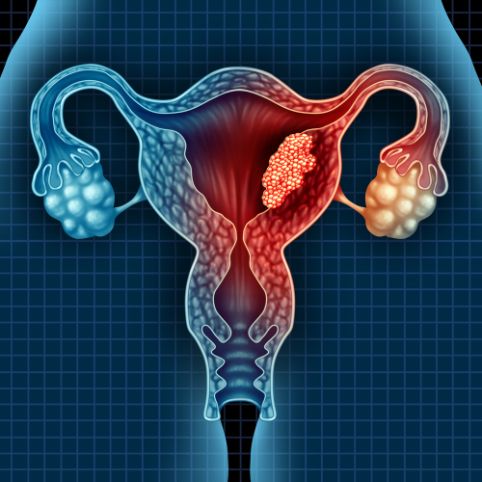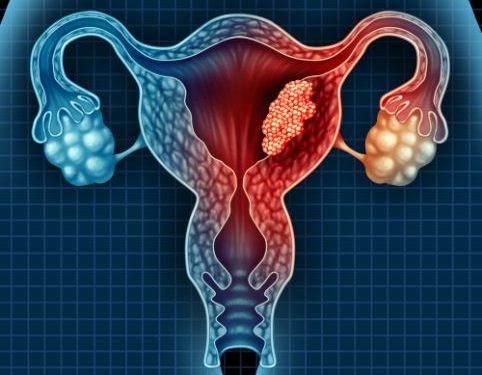When doctors think a person has endometrial cancer, they need to find out what stage the disease is in. The stage of the disease tells doctors how far the cancer has spread. This information is important for planning treatment.
Staging is done with a combination of tests and procedures. For example, doctors may need to look for cancer cells in the blood or in other parts of the body, or they might need to collect samples of the patient’s tumor. Once the doctor knows the stage of the cancer, they can plan the best way to treat it.
The current staging system for endometrial cancer is based on the FIGO (International Federation of Gynecology and Obstetrics) staging system and the TNM categories. The FIGO staging system divides the stages into groups, with lower numbers indicating a less-advanced type of cancer. In addition to the FIGO staging system, doctors also use a TNM category to describe how far the cancer has spread.
To find out the stage of endometrial cancer, doctors use a combination of tests and procedures. For instance, they may need to look for cancer cells in the body, or they might need to collect sample tissue from the tumor to check how fast it is growing. In some cases, the doctor may need to remove the patient’s uterus to get more information about the stage of the cancer.
The tumor may be confined to the endometrium, or it may have spread slightly into the lining of the womb, called the myometrium. In stage 1A, the cancer is confined to the endometrium or less than half of the myometrium. In stage 1B, the cancer has spread further into the myometrium or into the supporting connective tissue of the cervix but has not reached the vulva or nearby lymph nodes.

In addition to determining the stage of endometrial cancer, MR imaging is useful for assessing pelvic invasion and identifying nodal metastases in patients with FIGO stage I-II endometrial cancers who are undergoing surgery. When compared with PET/CT, MR imaging is more accurate in staging endometrial cancer in terms of local extent of disease.
Molecular studies of endometrial carcinoma are now underway and provide new insight into molecular determinants of the tumors. Incorporation of molecular classification into routine pathology practice has the potential to improve diagnostic accuracy for endometrial neoplasms and can facilitate development of targeted therapies. However, it will be essential to validate that such a strategy improves outcomes in prospective clinical trials.
The information in this PDQ summary is based on medical research and expert opinion. It is meant to help patients, families, and caregivers understand the treatment options for endometrial cancer and make decisions about health care. This PDQ is updated regularly as new information becomes available. The PDQ is part of the National Cancer Institute’s (NCI) collection of evidence-based information about diseases and conditions. The content was developed by NCI’s Office of Communications and Public Liaison.









